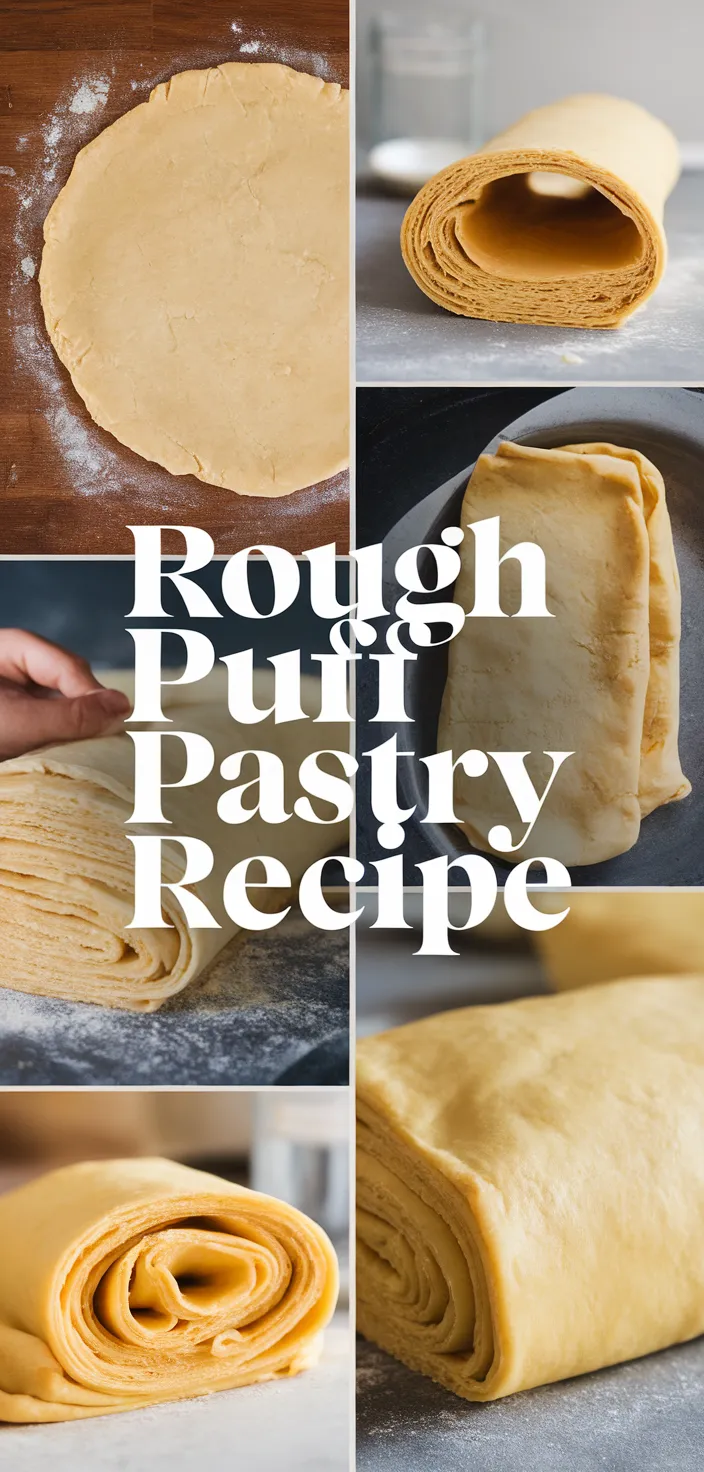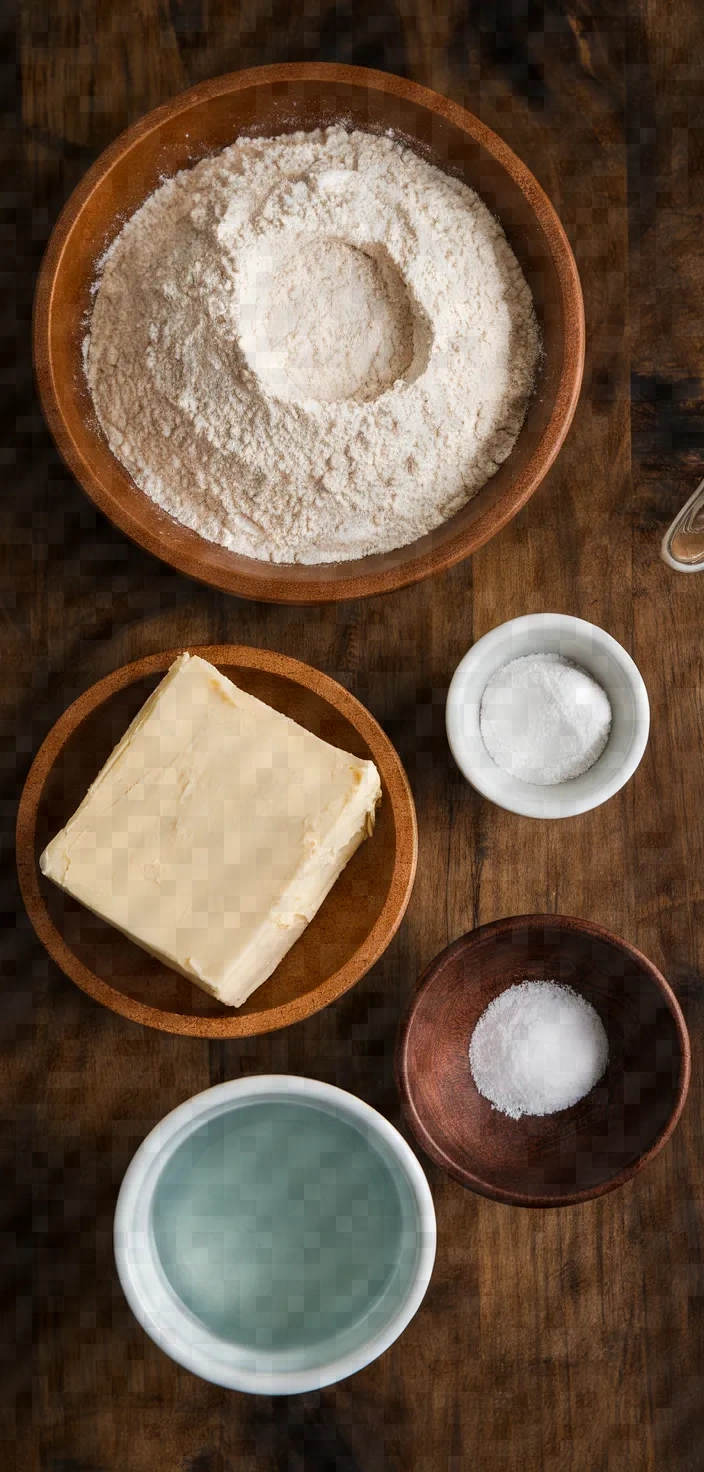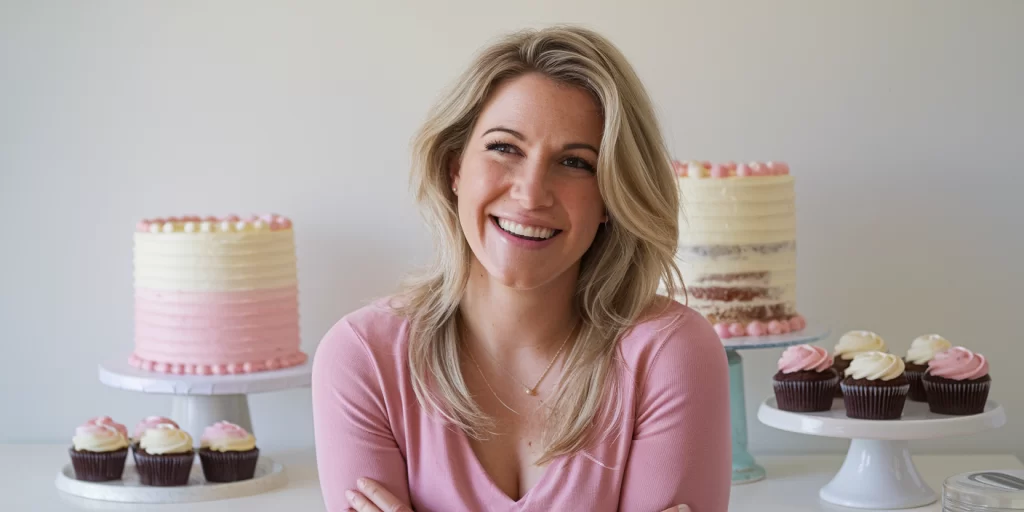I enjoy putting together recipes that embody the magical art of cooking from scratch in my kitchen, and rough puff pastry is a perfect example. This not-so-certain pastry is uncomplicated and straightforward without sacrificing the flaky, buttery layers beloved in puff pastry.
My rough puff pastry recipe is a study in minimalism, featuring just five ingredients in large measure: 2 cups of all-purpose flour for structural gluten, 1 cup of unsalted butter (very cold) for luscious (and numerous) layers, and enough water (ice water, 1/2 cup, to be specific) to bind it all together and permit the not-so-certain folding that gives rough puff pastry its name. I believe that rough puff pastry is an excellent foundation for both sweet and savory dishes.
It doesn’t miss a beat nutritionally. The butter adds enough calories and fat to make it a nutritionally indefensible food.
But come on, flavored pastries are not really supposed to be health foods. If you want to eat light, don’t turn to anything made with dough.
The rough puff works beautifully for everything from tarts to turnovers. When you bake it, the dough produces an irresistible golden flake and a rich butteriness that many people (myself included) adore.
The recipe is quite manageable for home cooks; the dough is easy to work with, and the results are just so good.

Ingredients

All-Purpose Flour:
Delivers starch; crucial for producing a flaky product.
Unsalted Butter:
Source of fat for layering; guarantees a rich, flaky texture.
Ice Water:
Indispensable for the softness and easy handling of dough; also keeps the butter from getting too hot and melting.
Salt:
Strengthens flavor without dominating richness.
Ingredient Quantities
- 2 cups (250g) all-purpose flour
- 1 cup (225g) unsalted butter, very cold
- 1/2 cup (120ml) ice water
- 1/2 teaspoon salt
Instructions
1. In a big mixing bowl, mix together the flour and salt.
2. Take the extremely cold butter and slice it into small cubes, then add the cubes to the flour mixture.
3. With a pastry cutter or using two knives, cut the butter into the flour until the mixture looks like coarse breadcrumbs, with some larger chunks of butter still intact.
4. The mixture should be stirred gently with a fork as ice water is added. The addition of water should be gradual, and the mixture should be stirred until the dough just comes together. A person may not need to use all the water, and if more than enough is used, the mixture could become too wet and sticky.
5. Lightly flour a surface, then turn the dough onto it and shape it into a rough rectangle. Be careful not to overwork the dough.
6. Shape the dough into a long rectangle, measuring roughly three times in length compared to its width.
7. Folding the dough is done in three steps:
1. Fold the top third of the dough down to the center.
2. Fold the bottom third up and over, like a letter.
3. Turn the dough 90 degrees and fold it again, for a total of four folds.
8. Turn the dough 90 degrees, roll it out again, and repeat the folding process. Do this step a total of three times.
9. Refrigerate the dough for at least 30 minutes before using it. It should be tightly wrapped in plastic wrap.
10. When set to use, roll out the dough as needed for your recipe, making sure it stays cold so that it will be flaky when baked.
Equipment Needed
1. Mixing bowl
2. Measuring cups
3. Measuring spoons
4. Pastry cutter or two knives
5. Fork
6. Knife (for cutting butter)
7. Rolling pin
8. Plastic wrap
9. Refrigerator
10. Flat surface (for rolling and folding dough)
FAQ
- What is rough puff pastry, and how does it differ from traditional puff pastry?Puff pastry, classic or otherwise, requires a good deal of technique and time. Rough puff pastry is a faster method by which to create a flaky pastry; it uses a shortcut method to incorporate butter into the dough. This doesn’t mean that rough puff is in any way inferior to puff pastry; in fact, many home cooks prefer it for its speed and reliability.
- Can I use salted butter instead of unsalted butter?Certainly, salted butter can be used; however, you may wish to decrease or eliminate the added salt in order to balance the flavors.
- Why does the butter need to be very cold?Pastry is layered with fat and dough. The fat, usually butter, makes the layers distinct from each other. When the layers of pastry-baking dough are separated by fat, the fat first melts at a low temperature.
- How long should I chill the dough between folds?To guarantee the butter stays cold and the dough doesn’t get too soft, chill the dough for at least 30 minutes after each fold.
- Can rough puff pastry be made ahead of time?It is possible to make the pastry a day prior and store it in the fridge. As long as it is well-wrapped, the pastry will keep just fine until you’re ready to use it. If you’re planning to freeze it, just make sure to seal it well in an airtight container.
- How can I use rough puff pastry?Employ it in tarts, pies, turnovers, and any recipe that calls for puff pastry; it confers a light, flaky texture to baked creations.
Substitutions and Variations
You can achieve a more tender texture by using pastry flour instead of all-purpose flour.
1 cup (225g) of a high-quality margarine can replace 1 cup (225g) of unsalted butter, though texture and flavor may slightly differ.
Substitute 1/2 cup (120ml) buttermilk for the ice water in the recipe for a slight tang and added tenderness in the finished product.
You can use 1/2 teaspoon kosher salt in place of 1/2 teaspoon table salt, and you’ll get a slightly different flavor and texture.










